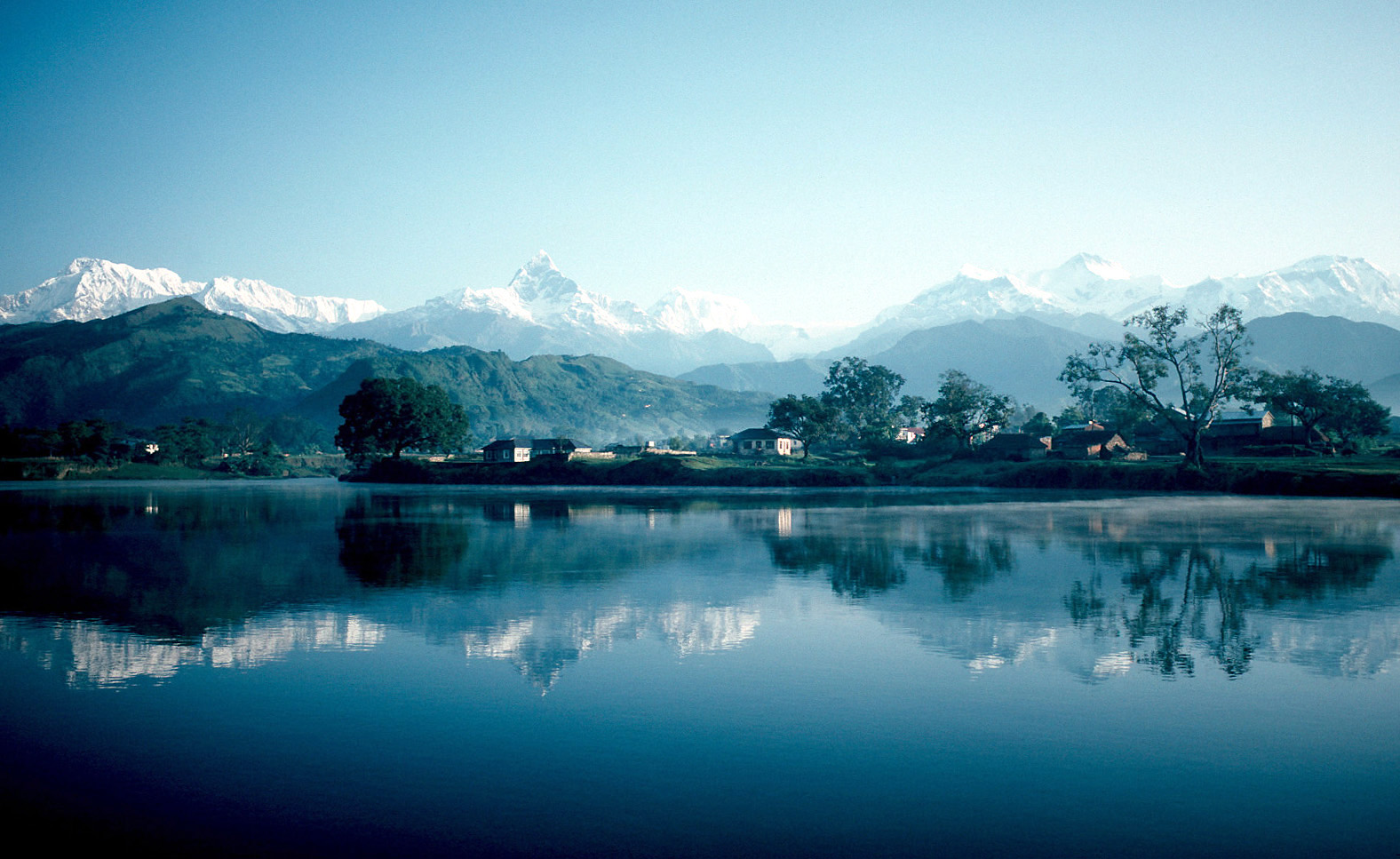|
Bijayapur-I Small Hydropower Project
Commissioned in 2012, Bijayapur-I Small Hydropower Project is a run of the river type hydroelectric project on Bijayapur Khola in Pokhara. It's a private power station built by Bhagawati Hydropower Development Co. (P.) Ltd. that feeds to Nepal's National Electricity Grid through power purchase agreementwith Nepal Electricity Authority Nepal Electricity Authority (NEA), founded on 16 August 1985, is the parent generator and distributor of electric power under the supervision of the government of Nepal Nepal (; ne, नेपाल ), formerly the Federal Democratic Repu .... Its installed capacity if 4.5 MW. References Hydroelectric power stations in Nepal Buildings and structures in Pokhara 2012 establishments in Nepal {{Nepal-stub ... [...More Info...] [...Related Items...] OR: [Wikipedia] [Google] [Baidu] |
Bijayapur Khola
Bijayapur Khola is a tributary of the Seti Gandaki River in Pokhara Pokhara ( ne, पोखरा, ) is a metropolis, metropolitan city in Nepal, which serves as the capital of Gandaki Province. It is the List of cities in Nepal, second most populous city of Nepal after Kathmandu, with 518,452 inhabitants living ..., Nepal. References Rivers of Gandaki Province {{Nepal-river-stub ... [...More Info...] [...Related Items...] OR: [Wikipedia] [Google] [Baidu] |
Pokhara
Pokhara ( ne, पोखरा, ) is a metropolis, metropolitan city in Nepal, which serves as the capital of Gandaki Province. It is the List of cities in Nepal, second most populous city of Nepal after Kathmandu, with 518,452 inhabitants living in 101,669 households in 2021 Nepal census, 2021. It is the country's largest metropolitan city in terms of area. The city also serves as the headquarters of Kaski District. Pokhara is located west of the capital, Kathmandu. The city is on the shore of Phewa Lake, and sits at an elevation of approximately 822m. The Annapurna Range, with three out of the ten highest peaks in the world—Dhaulagiri, Annapurna, Annapurna I and Manaslu—is within of the valley. Pokhara is considered the tourism capital of Nepal, being a base for trekkers undertaking the Annapurna Circuit through the Annapurna Conservation Area region of the Annapurna ranges in the Himalayas. The city is also home to many of the elite Gurkha soldiers, soldiers native to So ... [...More Info...] [...Related Items...] OR: [Wikipedia] [Google] [Baidu] |
Nepal Electricity Authority
Nepal Electricity Authority (NEA), founded on 16 August 1985, is the parent generator and distributor of electric power under the supervision of the government of Nepal Nepal (; ne, नेपाल ), formerly the Federal Democratic Republic of Nepal ( ne, सङ्घीय लोकतान्त्रिक गणतन्त्र नेपाल ), is a landlocked country in South Asia. It is mai .... NEA owns Hydroelectric Plants connected to the grid amounting to 480 Megawatts. It also buys power from Independent Power Producers (IPP) amounting to 230 Megawatts. It operates two fuel operated plants generating 53 Megawatts of Electricity. The total capacity of the Integrated Nepal Power System (INPS) which NEA operates stands at 1095 Megawatts. Various projects are underway to help meet the electricity demand but these have been plagued by delays. However after many such delays Nepal has seen a positive change in electricity production and distribution. For the ... [...More Info...] [...Related Items...] OR: [Wikipedia] [Google] [Baidu] |
Hydroelectric Power Stations In Nepal
Hydroelectricity, or hydroelectric power, is electricity generated from hydropower (water power). Hydropower supplies one sixth of the world's electricity, almost 4500 TWh in 2020, which is more than all other renewable sources combined and also more than nuclear power. Hydropower can provide large amounts of low-carbon electricity on demand, making it a key element for creating secure and clean electricity supply systems. A hydroelectric power station that has a dam and reservoir is a flexible source, since the amount of electricity produced can be increased or decreased in seconds or minutes in response to varying electricity demand. Once a hydroelectric complex is constructed, it produces no direct waste, and almost always emits considerably less greenhouse gas than fossil fuel-powered energy plants. [...More Info...] [...Related Items...] OR: [Wikipedia] [Google] [Baidu] |
Buildings And Structures In Pokhara
A building, or edifice, is an enclosed structure with a roof and walls standing more or less permanently in one place, such as a house or factory (although there's also portable buildings). Buildings come in a variety of sizes, shapes, and functions, and have been adapted throughout history for a wide number of factors, from building materials available, to weather conditions, land prices, ground conditions, specific uses, prestige, and aesthetic reasons. To better understand the term ''building'' compare the list of nonbuilding structures. Buildings serve several societal needs – primarily as shelter from weather, security, living space, privacy, to store belongings, and to comfortably live and work. A building as a shelter represents a physical division of the human habitat (a place of comfort and safety) and the ''outside'' (a place that at times may be harsh and harmful). Ever since the first cave paintings, buildings have also become objects or canvasses of much artistic ... [...More Info...] [...Related Items...] OR: [Wikipedia] [Google] [Baidu] |


